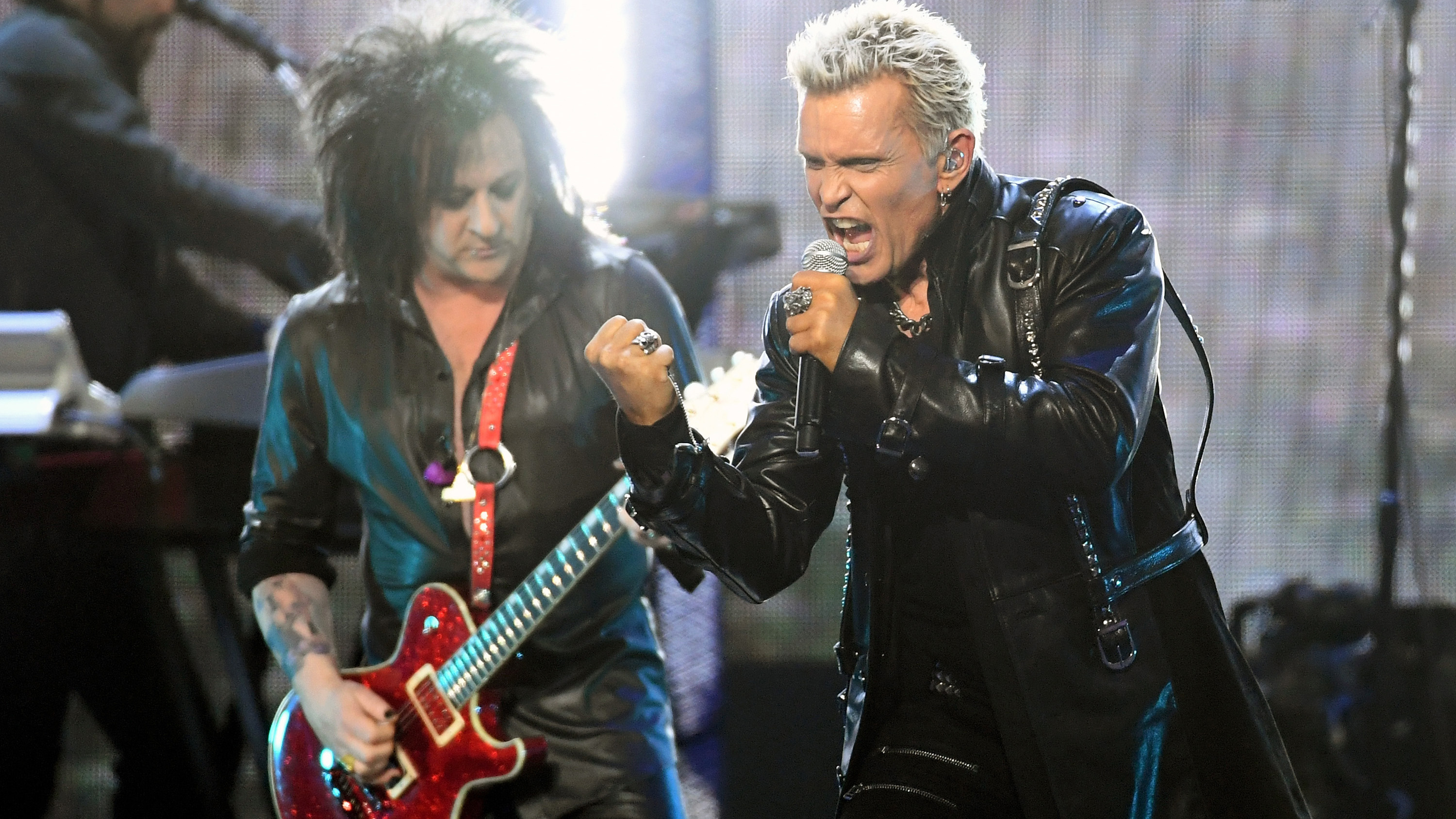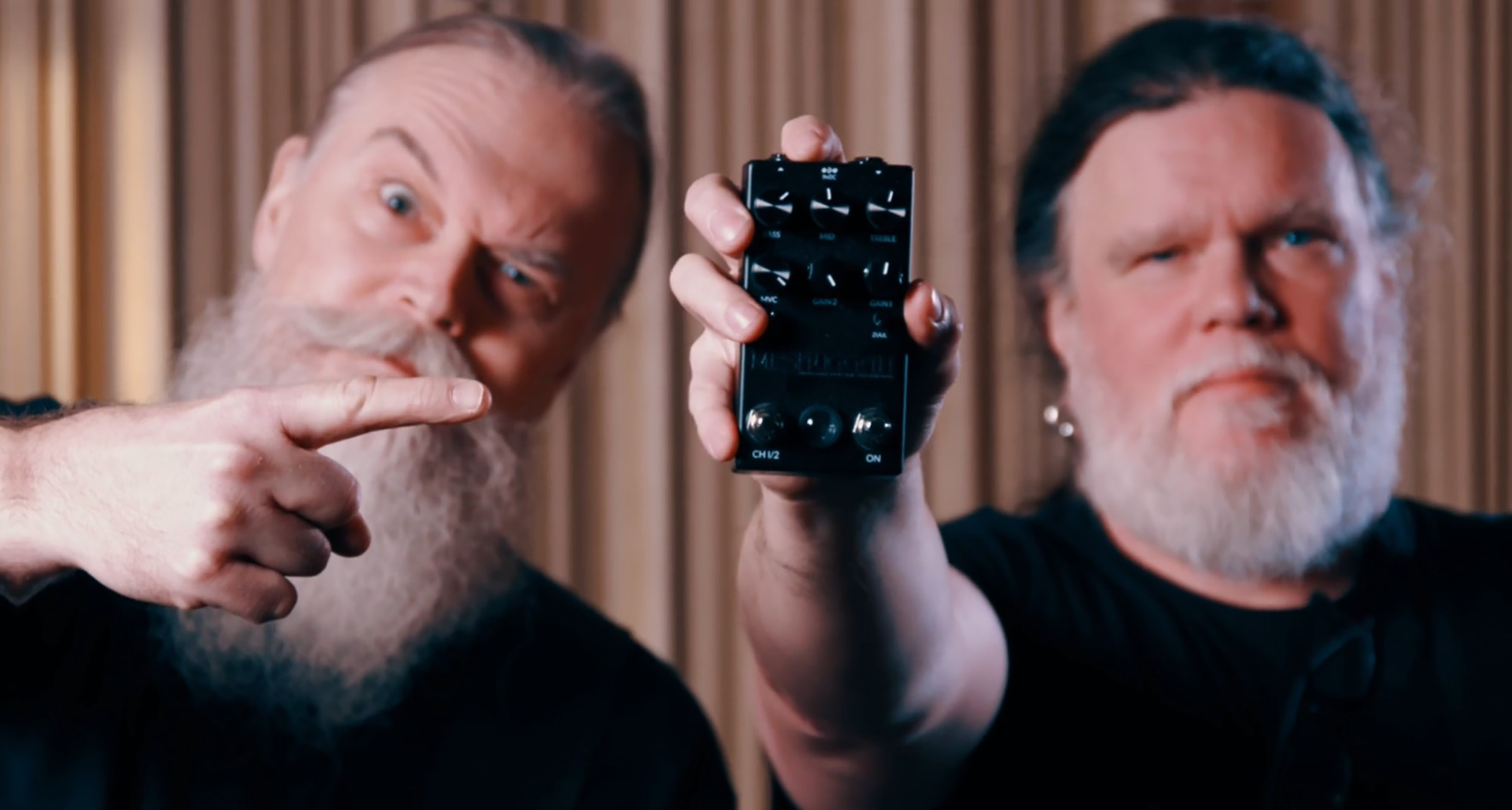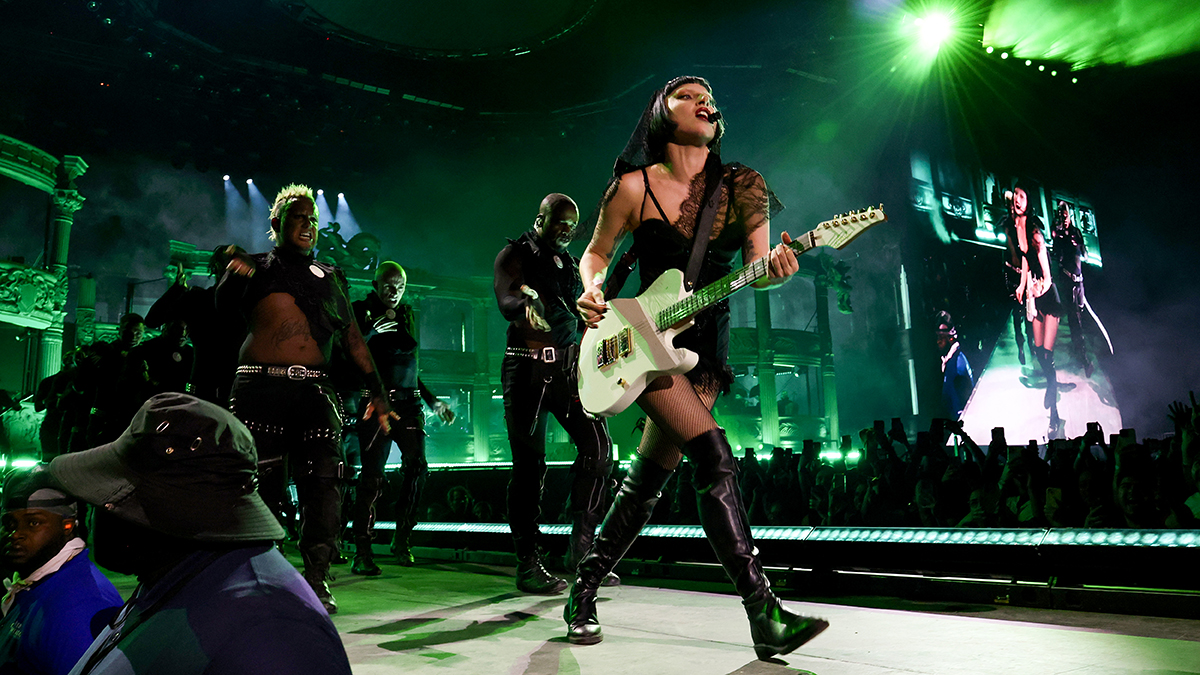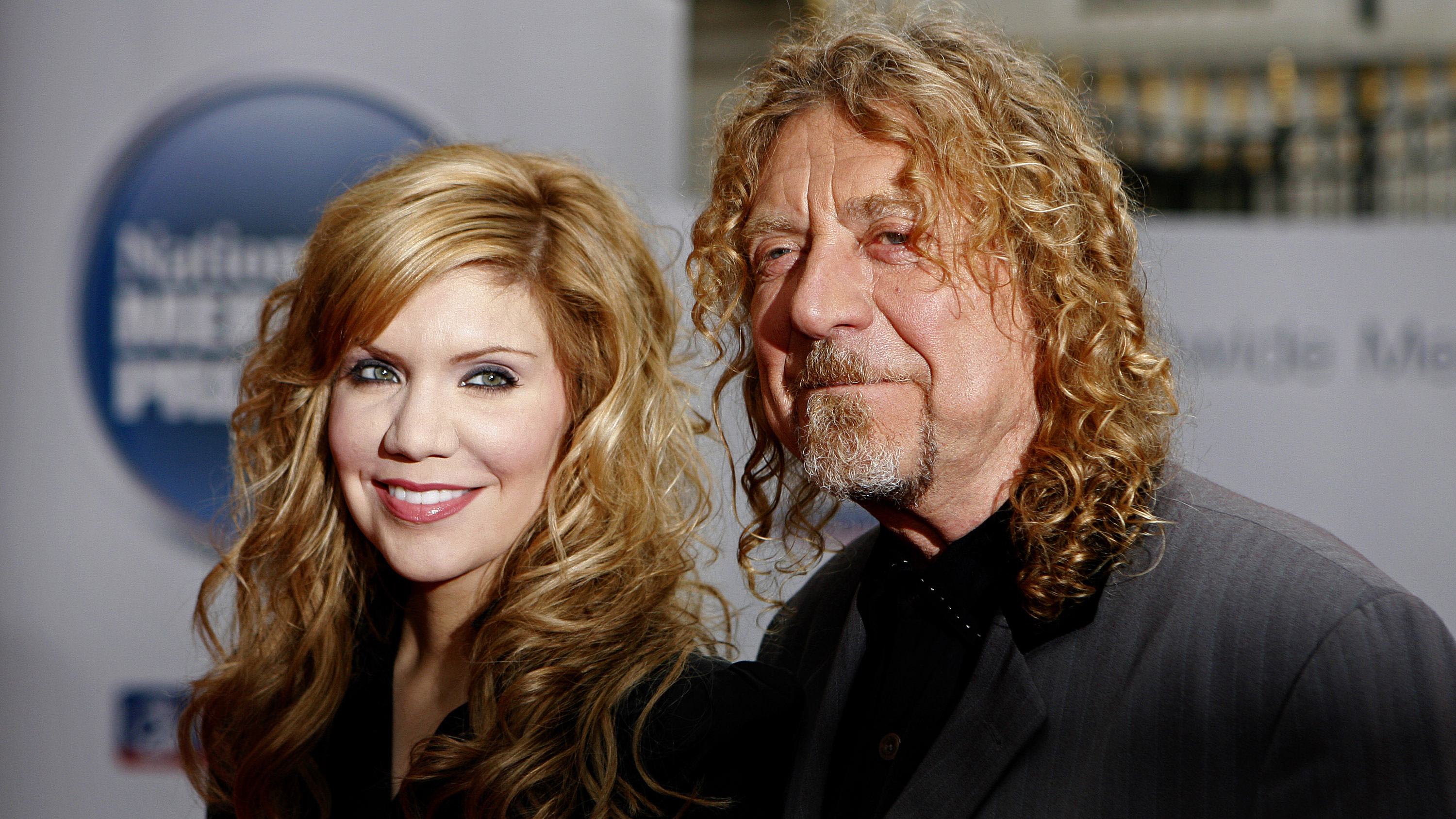KMRU: "I stopped buying sample packs and spent all my time outside recording sounds and taking them back to the studio"
KMRU charts his found sound journey from Nairobi to Berlin
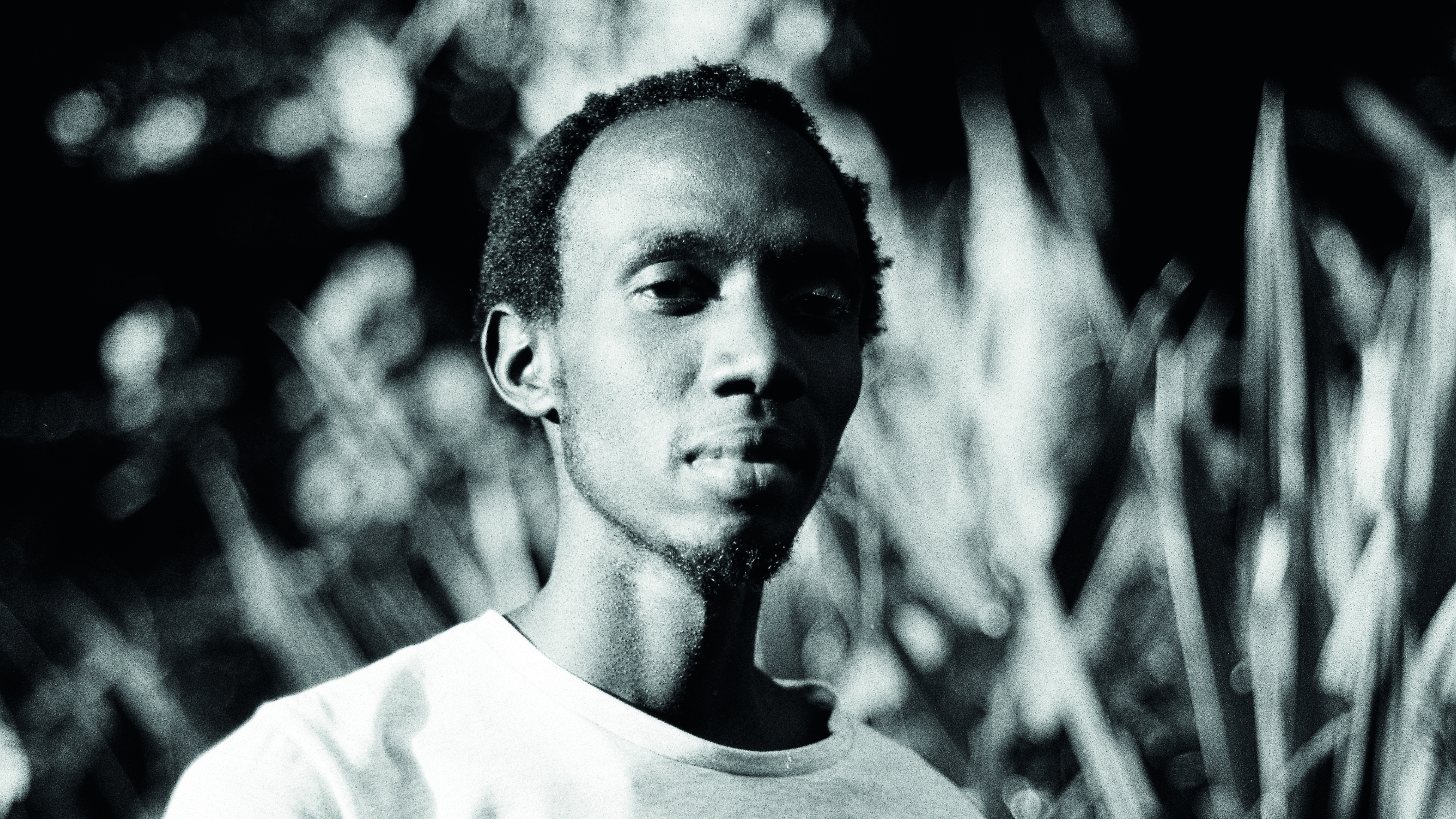
Berlin-based sound artist Joseph Kamaru originally began experimenting with field recordings in his home city Nairobi.
Releasing music under the moniker KMRU, the inquisitive producer became fascinated by the timbre of redundant physical instruments and other stationary objects that he felt had ‘something to say’, then developed his use of contact microphones to capture environmental sounds with acute precision.
Using Ableton Live and Ableton Push as his primary arrangement and recording tools, KMRU released three albums throughout 2020 - Jar, Opaquer and Peel. The latter cultivates a rich tapestry of calming atmospheres based on the producer’s personal collection of field recordings combined with effects-laden electronics.
Meanwhile, Kamaru’s recent relocation from Nairobi to Berlin has required a period of adjustment - the thrum of Africa’s varied sonic backdrop replaced by the filtered disquiet of concrete city living.
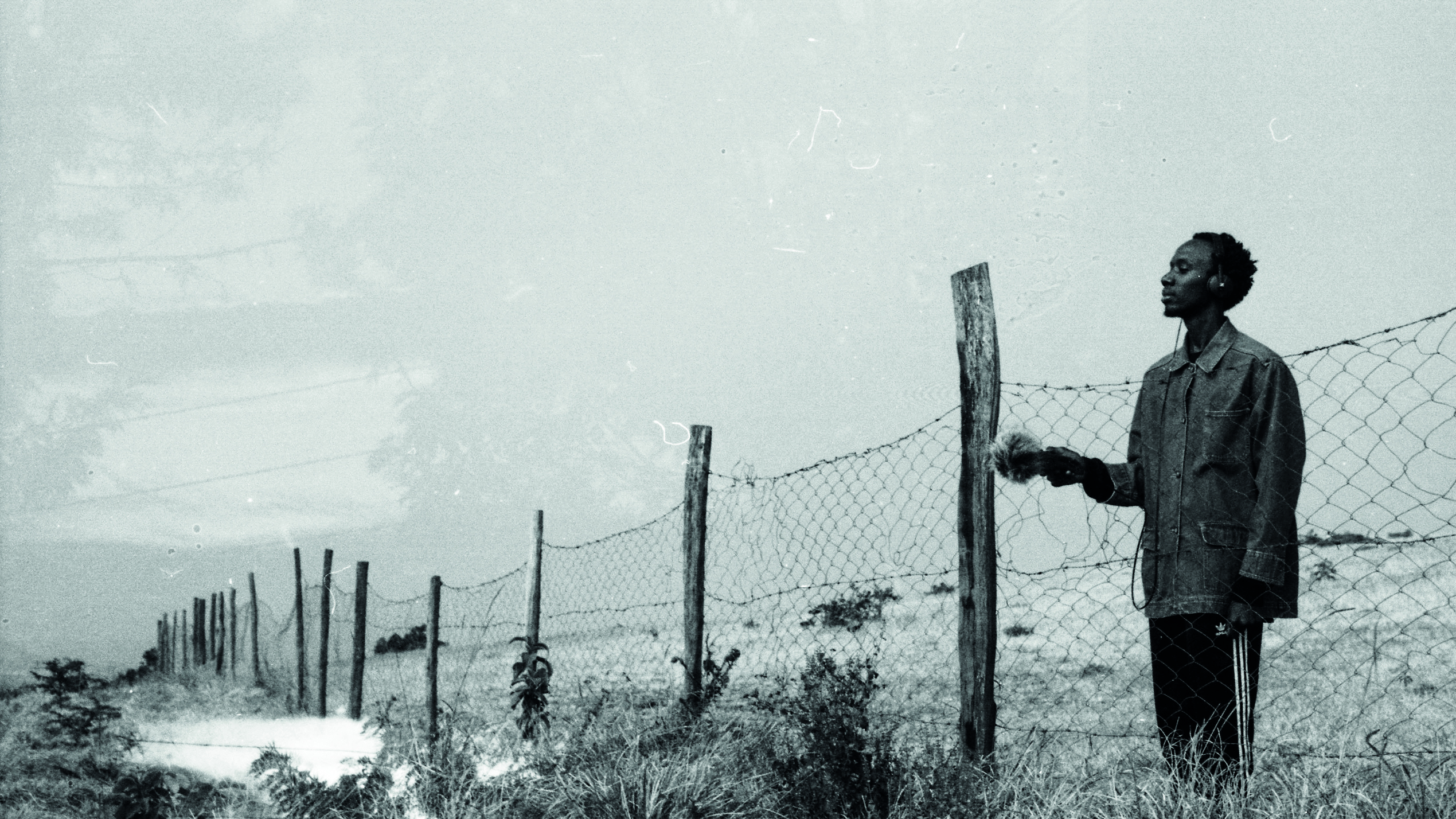
What lay behind your interest in using found sounds to make music with?
“It began three years ago in Nairobi. I bought a field recorder to use as a soundcard but eventually started using it as a mic to record sounds on-site. I realised that there were sounds in my environment that I wasn’t aware of, and discovering that prompted me to engage more and use that discourse as a compositional tool.
"Eventually, I stopped buying sample packs and spent all my time outside recording sounds and taking them back to the studio.”
Get the MusicRadar Newsletter
Want all the hottest music and gear news, reviews, deals, features and more, direct to your inbox? Sign up here.
I bought a field recorder to use as a soundcard but eventually started using it as a mic to record sounds on-site.
Can you divulge some of your early experiments in Nairobi?
“I had an idea to record broken instruments. There was a piano dumped outside one of the classes at my university and I found four more like this at the school. People never played them but I found they still had sounds that could resonate.
"For that project I felt I was giving life back to the instruments and would make sounds by playing them in unconventional ways; for example, clicking the pedals and trying to play the keys in a dissonant way to find different textures and tones without thinking about temporal chord structures.”
Is your objective to take the listener back to the environment where your found sounds originated from?
“It differs from project to project. With installations, it’s more about inviting the listener to be aware of their environment, so I’m not changing or manipulating the field recordings much. I realised that when I played back environmental sounds, for example, children speaking Swahili or cars passing by, people became very familiar with a particular environment.
"When I use the sounds in more of an artistic way, it forces the listener to figure out whether a particular sound is really happening.”
You were quoted as saying “I feel like the things around us have something to say”. Can you expand on that?
“In Nairobi, my working desk had so many tools and stationary physical objects that could produce various resonances and tones and I wanted to interact with them to see if they had something to say. Our houses contain so many unseen sounds that we can’t really perceive with our ear.
"To find out what a book or a plant sounds like, I only needed to recognise that there’s a deeper level we’re not aware of. I relate it to trees, because they’ve been living for a very long time and can catch radio frequencies and create signals. If you use an electromagnetic microphone you can hear these sounds.”
To find out what a book or a plant sounds like, I only needed to recognise that there’s a deeper level we’re not aware of.
Do you have any tips on how to capture the best sound quality without external noise interference?
“First, it’s always about listening. When I started I used to record every single sound, but soon realised that we’re constantly using our eyes and ears to record sound and putting it in our memories, so I would plan what I wanted to record and experiment with it later.
"I started by using my phone and some basic microphones, then upgraded to a Zoom H6 recorder. If you want to get more detail without interference from external sounds it’s best to use contact microphones that you can place on the surface of objects you want to listen to.
"There’s a company in Slovakia called LOM that makes really interesting mics - I think they’re the best to experiment with.”
Once you’ve captured the sounds, what do you do with them?
“I use Ableton Push to arrange, structure and build upon the field recordings, layering them with new sounds to create different environments and soundscapes. Then I’ll use Ableton Live to sort out the recordings I did that day and make decisions on whether I need to edit, mix or cut sounds to create new recording timelines.”
Are you combining found sounds with other sounds to create new textures?
“Sometimes I’ll manipulate the field recordings in Max/MSP, where you can get super-detailed and process the audio and samples in a more linear and unconventional way. Processing these sounds generates samples that I can use to drive new compositions from my archive of field recordings.
"That’s why I like being a sound artist, because I have this sound bank of stories that I can always integrate into my music.”
Presumably, you want to be careful not to over-edit?
“What’s happening outside my window right now isn’t edited and cannot be changed - it’s just happening at that point in time and isn’t likely to happen again. It’s very spontaneous and random and I always try to incorporate that into my music-making process. If I’m using a hardware synth and tweak a knob by mistake, as long as it doesn’t sound too harsh I’ll treat it as a happy accident. You can create new environments through the disintegration, cutting and processing of sounds, but I like this idea of leaving the field recording as an environmental snap shot.”
Now that you’re living in Berlin, have the types of sounds that you’ve been looking for changed?
“In Nairobi there were bats at my balcony and I was always opening the window to chase them out, so there was always sound in nature. I came here during winter and it was super-silent. When I close my windows everything is filtered out so it felt strange having to search for sounds that were not present. I’m not so sure if it will change the type of music I make, but maybe the sound palette will be different.”
Is your music designed for listening to on headphones?
“I always make music on headphones and then reference on speakers for certain listening situations. When you listen on headphones you’re prompted to listen to what you’re hearing in more detail, and when you play it on speakers, new tones are being projected through the air so there’s a durational aspect, but I don’t have a preference to how Peel should be listened to.”
How do you see your field recording process evolving from here?
“In Nairobi I was limited to what I needed to make a piece of music, which worked well, but having moved to Berlin things are so accessible. I’ve been doing machine learning and more site-specific works, getting more into spatial audio and exploring different mediums to present pieces of musical art.”


Future Music is the number one magazine for today's producers. Packed with technique and technology we'll help you make great new music. All-access artist interviews, in-depth gear reviews, essential production tutorials and much more. Every marvellous monthly edition features reliable reviews of the latest and greatest hardware and software technology and techniques, unparalleled advice, in-depth interviews, sensational free samples and so much more to improve the experience and outcome of your music-making.



